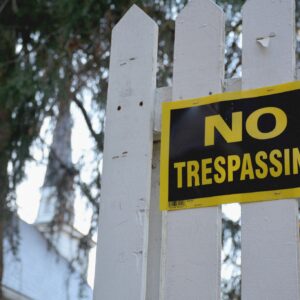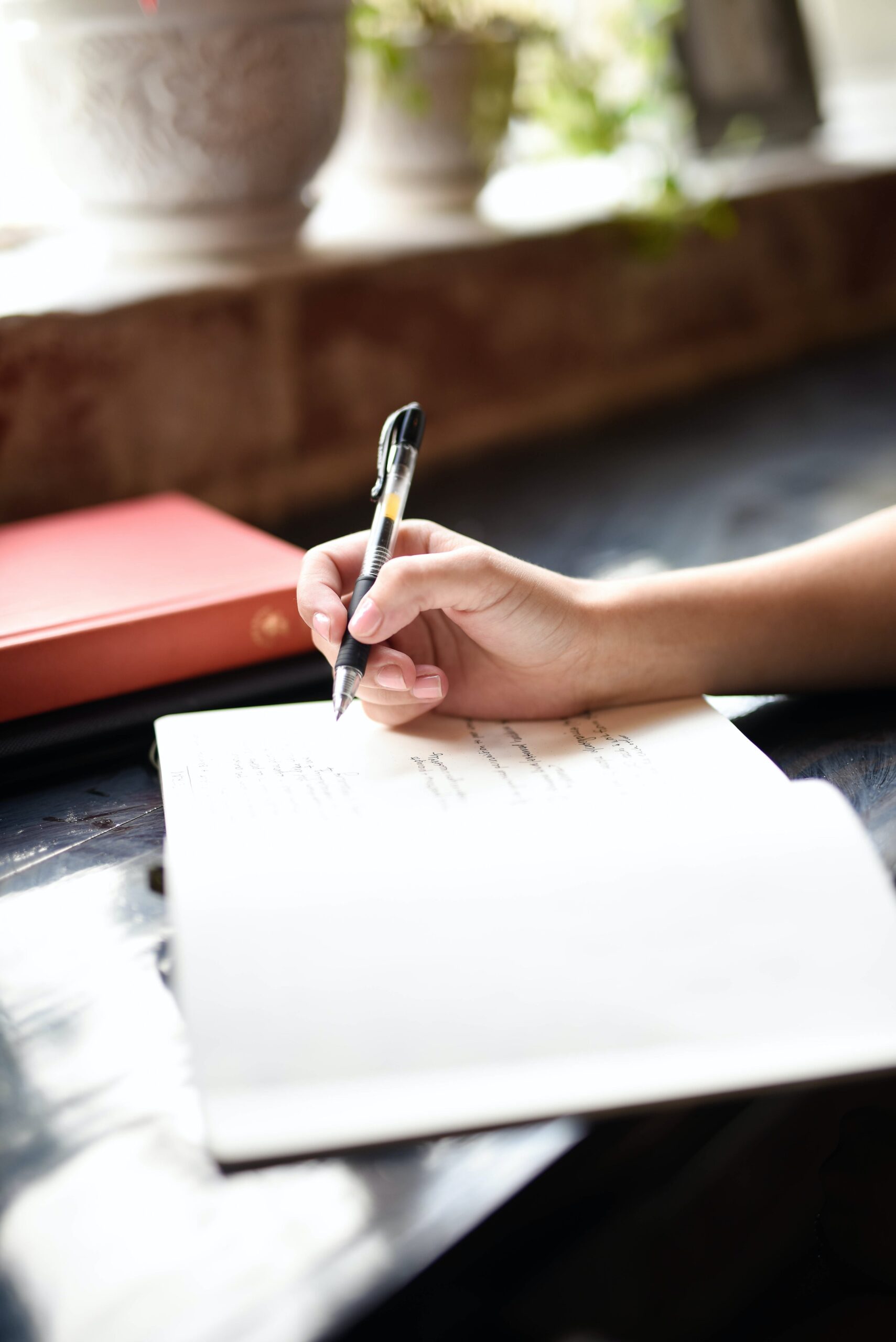
Carolyn King from Mississaugas of the Credit First Nation (MCFN) had the idea for the Moccasin Identifier in 2011. After several rounds of fundraising and a soft launch, King and her partners at MCFN have been busy marking historic sites and the presence of Indigenous communities through stamps of stencils of moccasins throughout southern Ontario.
Two Row Times newspaper caught up with King this week for an update and to learn how Six Nations of the Grand River Territory and MCFN can be more involved.
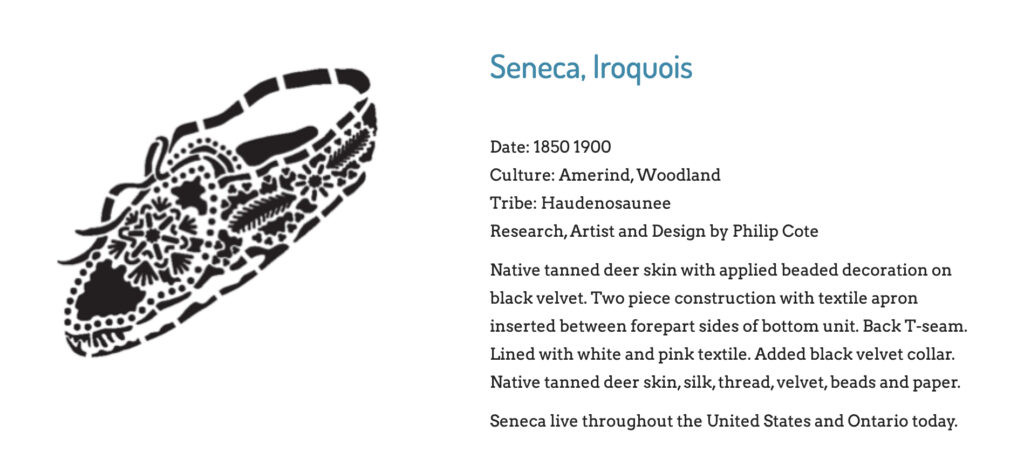
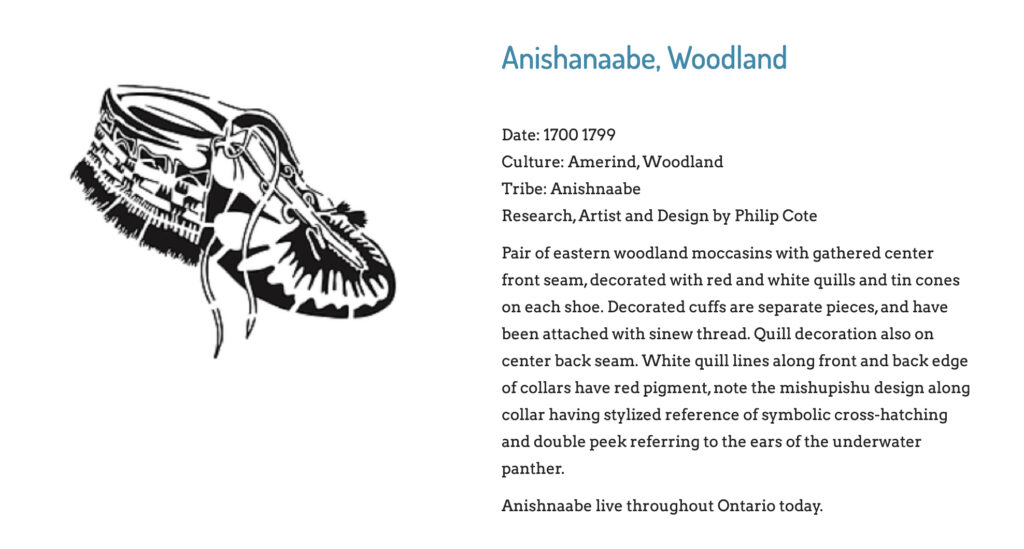
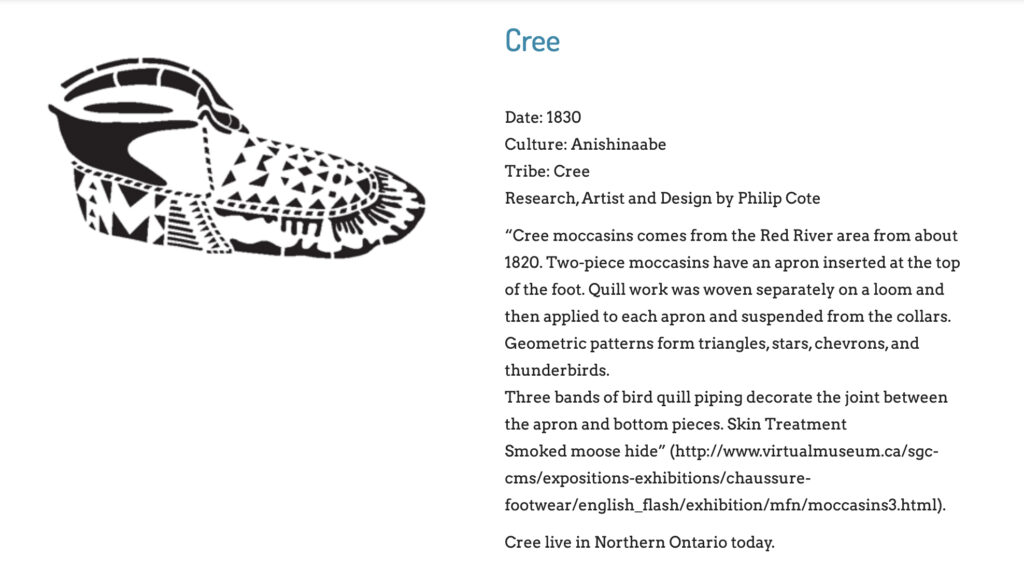
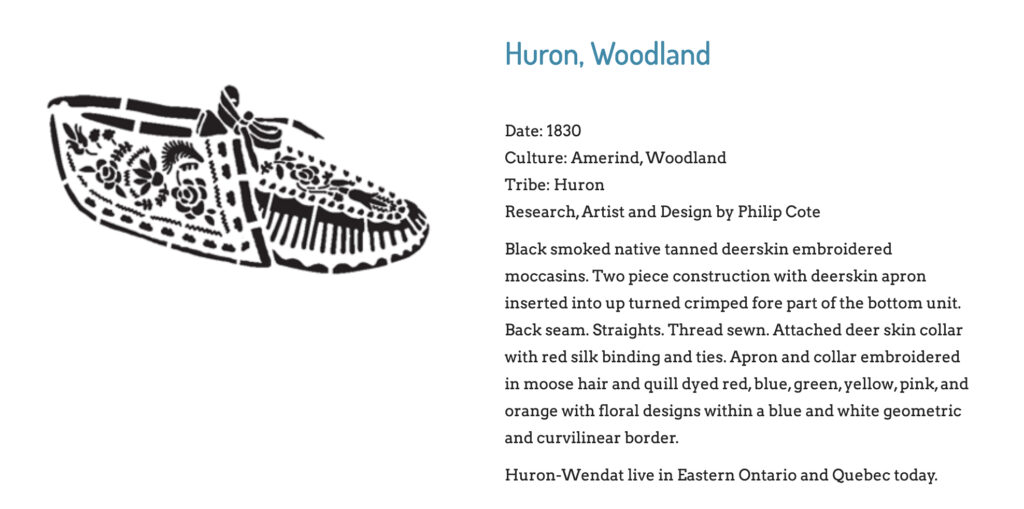
King, former chief of MCNF and Order of Canada inductee, said the goal of Moccasin Identifier is to create treaty awareness across the country by painting stencils of four different moccasins on historic sites, honouring the treaty the land is on. King was originally tasked by MCFN Elected Council to come up with a design for the marker.
“Originally we had talked about what we could use to mark the land, treaties and sites. Eagle feathers came up, clan systems came up, as well as a few other ideas. But we felt those were too important to us to be down on the ground and walked over. So I thought about it and I felt moccasins were the best idea,” she said. “I have a dream this province will be covered in moccasin identifiers in the next 10 years. So everyone will know what land and treaty they’re on.”
The four stencils include designs that are based on real moccasins worn by those who lived there at the time. The moccasin stencils represent the Cree in the north, Anishinaabe throughout Ontario, the Seneca in the south and the Huron. King encourages organizations, schools, homeowners and anybody who is interested in learning about the province’s treaties or marking their own spot with a moccasin identifier to reach out online and purchase a Moccasin Identifier Kit for $100.
“We’re working with a lot of schools right now who approach us and ask how they can get involved in Moccasin Identifier. On our site, educators can choose the appropriate curriculum to download and teach their students what land they are on and what treaty is involved,” she said.
King also said community members should feel free to participate and do the same.
“If people from the community want to participate also that would be great and only help promote our vision. The paints are non-toxic and can be stamped on your own driveway, property, anywhere you would like to mark.”
King said she has learned a lot about the land, treaties and people since starting Moccasin Identifier. And also has had a lot of fun meeting new people along the way and seeing the excitement on someone’s face as they stamp a moccasin.
“People think they can’t do it, or it’s too complicated and hard to set up. But it’s really not difficult at all,” said King. “It’s a small plastic stencil which comes with a little paint tray. You put the paint on the roller and roll it over the stencil. When you lift the stencil off, the co-ordinating stamp is revealed.”
King said Moccasin Identifier is important for the sake of remembering that Indigenous, Metis and First Nations people are still here.
“If we as First Nations do not get a marker on the ground today, we’re going to be lost forever,” she said.
For more on Moccasin Identifier, see moccasinidentifier.com.


